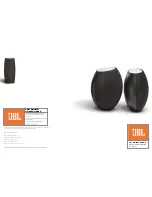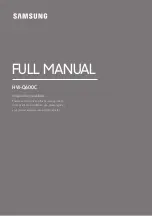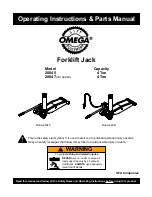
17
Read all these instructions
before attempting to
operate this
product. Save these instructions.
1.
Check voltage indicated on
nameplate;
2.
Keep work area clean
Cluttered areas and benches invite
injuries;
3.
Consider work area environment
Do not expose power tools to rain.
Do not use power tools in damp or wet
locations. Keep work area well lit. Do
not use power tools in presence of
flammable liquids or gasses;
4.
Guard against electric shock
Avoid body contact with earthed
surfaces (e.g. pipes, radiators, ranges,
refrigerators);
5.
Keep children away
Do not let visitors contact tool or cord;
they should be kept away from work
area;
6.
Store idle tools
When not in use, tools should be
stored in a dry and locked-up place,
out of reach of children;
7.
Do not force the tool
It will do the job better and safer at the
rate for which it was intended;
8.
Use the right tool
Do not force small tools or attachments
to do the job of a heavy-duty tool. Do
not use tools for purposes not intended
(e.g. do not use a circular saw for
cutting tree limbs or logs);
9.
Dress properly
Do not wear loose clothing or jewelry;
they can be caught in moving parts.
Rubber gloves and non-skid footwear
are recommended when working
outdoors. Wear protective hair covering
to contain long hair;
10.
Use safety glasses
Also use face or dust mask, if cutting
operation is dusty;
11.
Connect dust extraction
equipment
If devices are provided for the
connection of dust extraction and
collection facilities, ensure these are
connected and properly used;
12.
Do not abuse the cord
Never carry the tool by the cord, never
yank the cord to disconnect it from the
socket, and keep the cord away from
heat, oil and sharp edges;
13.
Secure work
Use clamps or a vise to hold the work;
it is safer than using your hand and it
frees both hands to operate the tool;
14.
Do not overreach
Keep proper footing and balance at all
times;
15.
Maintain tools with care
Keep tools sharp and clean for better
and safer performance. Follow
instructions for maintenance and
changing accessories. Inspect tool
cords and plugs periodically and, if
damaged, have them repaired by a
qualified person. Inspect extension
cords periodically and replace them, if
damaged. Keep handles dry, clean and
free from oil and grease;
16.
Disconnect tools
Disconnect tool when not in use,
before servicing, or when changing
accessories such as blades, bits and
cutters;
17.
Remove tool keys
Form the habit of checking to see that
keys and adjusting wrenches are













































